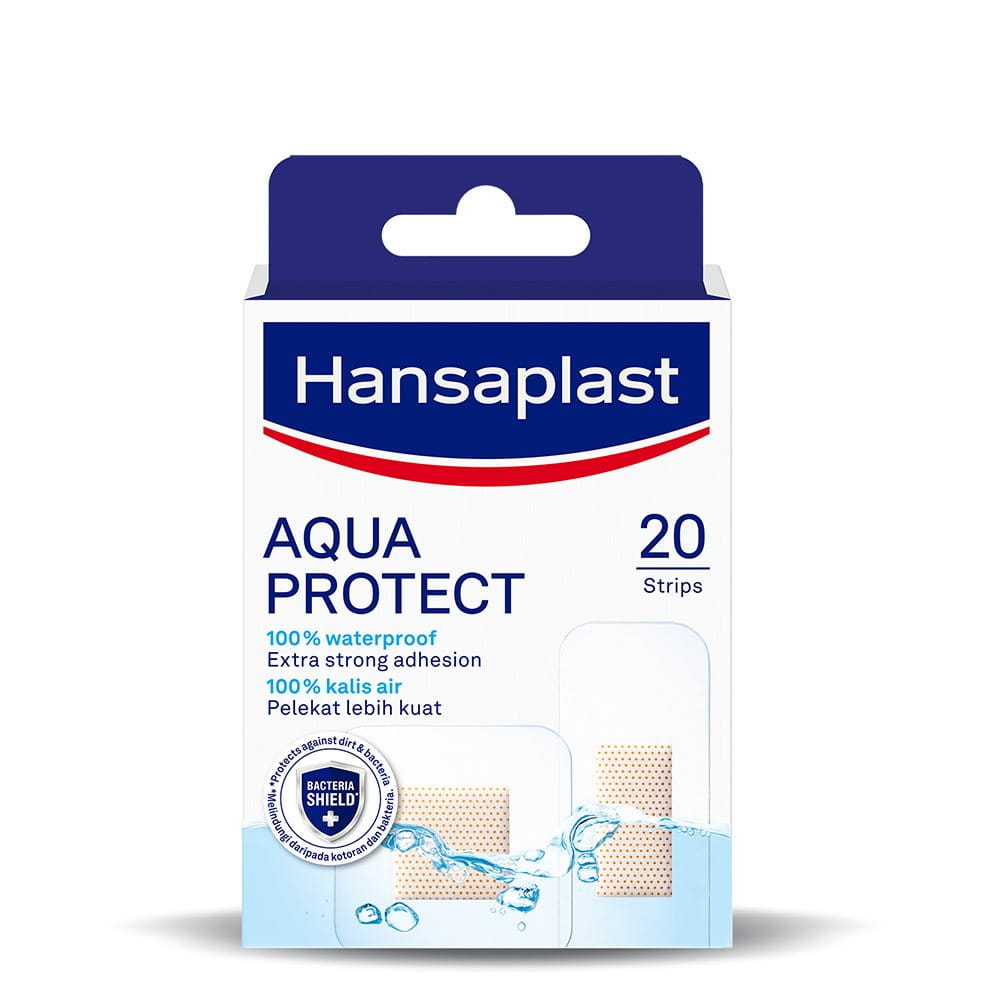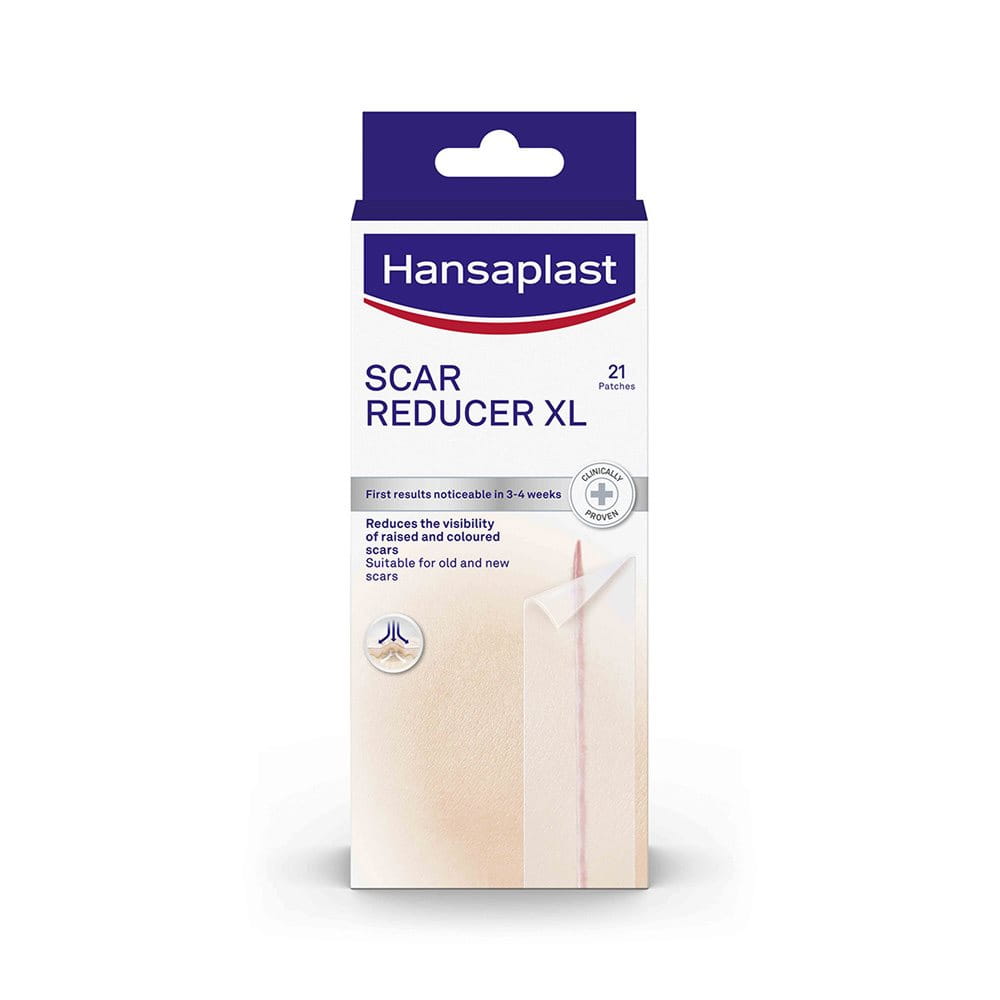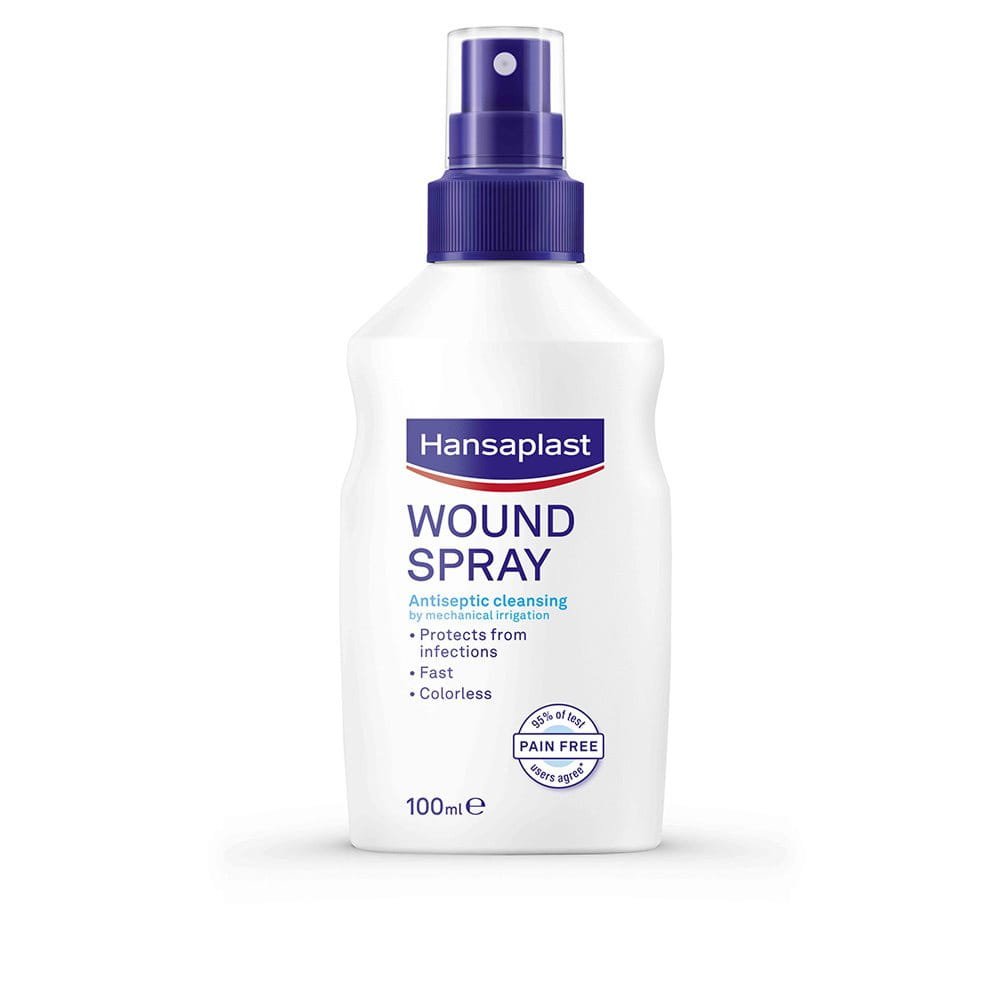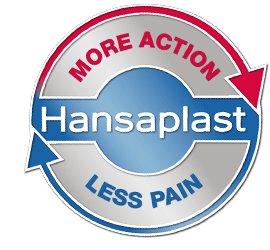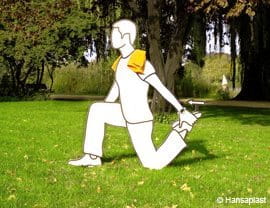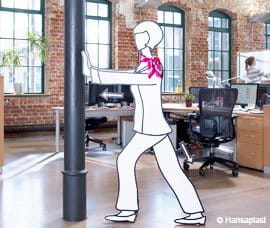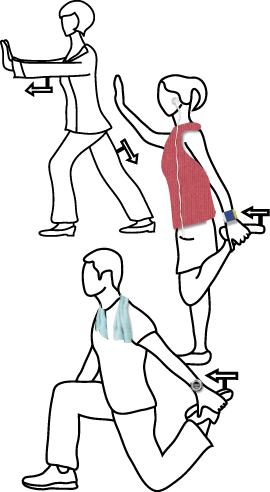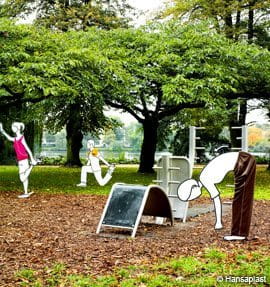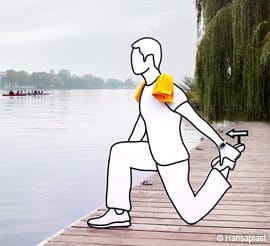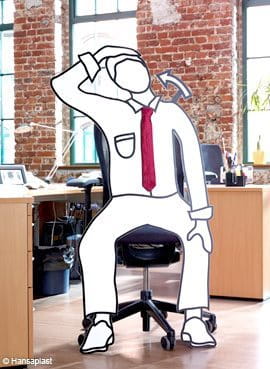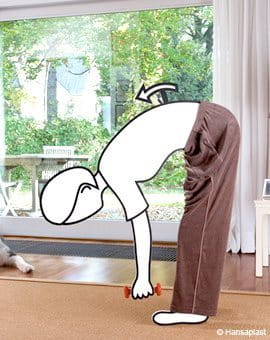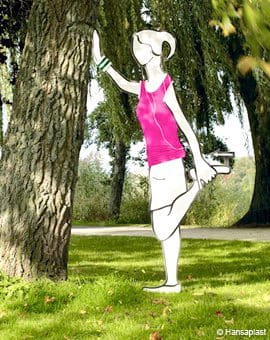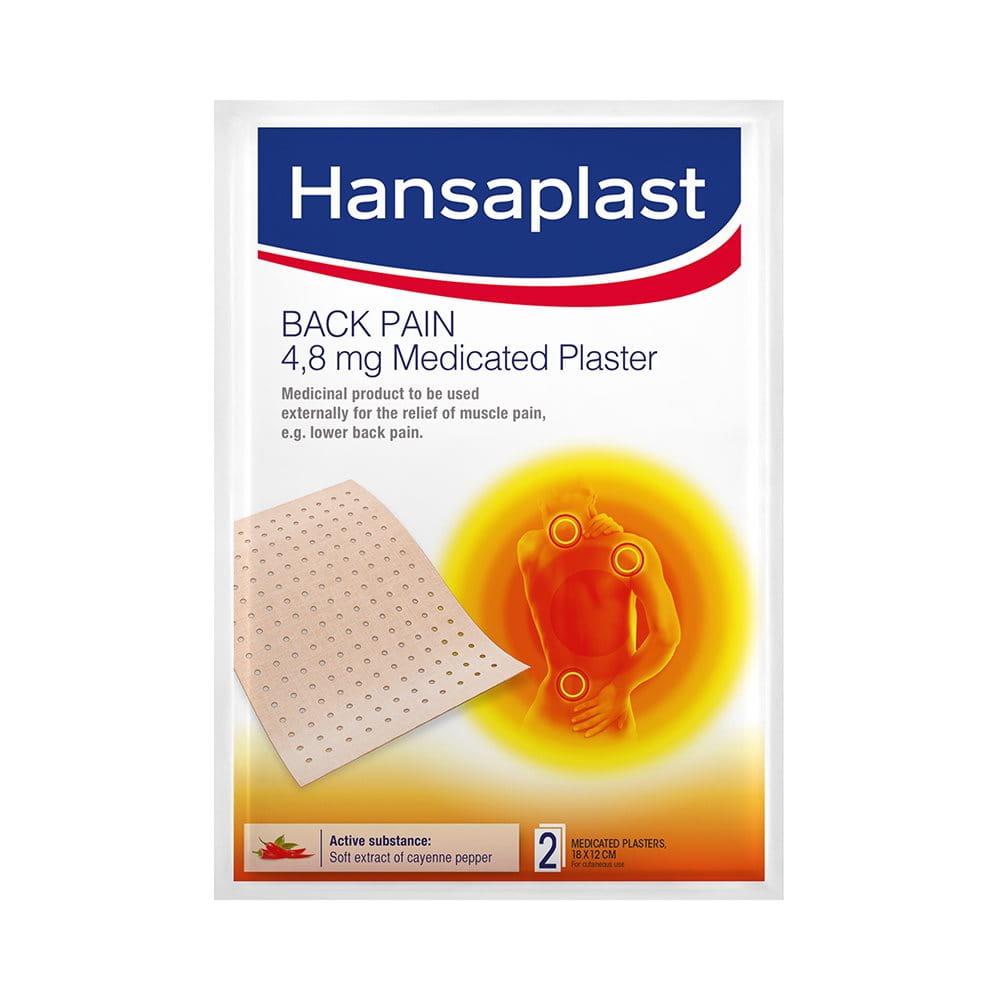The Hansaplast Initiative That Will
get You Moving!
Have you ever suffered pain or immobility that have made living and everyday life not only tedious but almost impossible? Most people have to live through this experience at least once in their lifetime. Whether it’s the back or neck, a knee or an elbow that are affected, whether it’s wrist or ankle pain – they can be prevented! And if they occur: none of them have to drag on or be taken as fatal blows or long-term impediments if you know what to do and are
pro-active about it.
The concept of graded activity
Hansaplast, as expert for pain treatment and solutions, has risen to the challenge.
Together with renowned orthopaedist Dr. Gerd Müller, founder and head of Hamburg’s “Rückenzentrum am Michel”, we have founded the “More action – less pain” initiative which is based on the concept of graded fitness.
The goal of the “More action, less pain” programme:
Making you fit (again) for everyday life!
Graded activity for more fitness
“Graded activity is the central flagpole of my concept”, explains Dr. Müller. “It is medically and scientifically proven that graded physical activity is not only probably the most important measure in preventing orthopaedic inflictions, it is also therapeutic and benefitial for most of them.”
When we are inactive, or resting for long periods of time, we lose muscle tone and our bodies become unfit. Actually, it hurts when you start using your muscles again; a bit like taking a leg out of a cast, when the leg might be swollen and every movement is something you have to get used to again. But activity will soon take care of it!
So sticking with inactivity for too long or not working out is never a good idea, even in cases of back pain.
“In my practice I see a lot of patients who suffer from joint or back pain.”, says Dr. Müller. Mostly it is the so-called “avoiders” who are affected. People who stay away from activity and don’t make the most of their physical capacities.
START WITH WHERE YOU'RE AT IN TERMS OF FITNESS
That’s why I have chosen to participate in and help develop Hansaplast’s MORE ACTION – LESS PAIN initiative, which consists of a made-to-measure activity programme based on the concept of graded activity (starting very slowly and increasing over time), whilst incorporating Hansaplast’s specialised products for pain relief and treatment. Let’s go!”
What does “graded activity” mean?
It means starting where someone is at in terms of fitness and increasing over time. A fitness routine based on graded activity is all about avoiding extremes, which is key for both: avoiders (couch potatoes who will stay away from exercise) and those who push themselves too hard when exercising. The concept of graded activity is therefore based on exercise sessions with a preset amount of repetitions or amount of time, increasing slowly. This avoids the usual „push-crash“ cycle of over-exercising or not exercising at all due to concern of relapse or pain.

